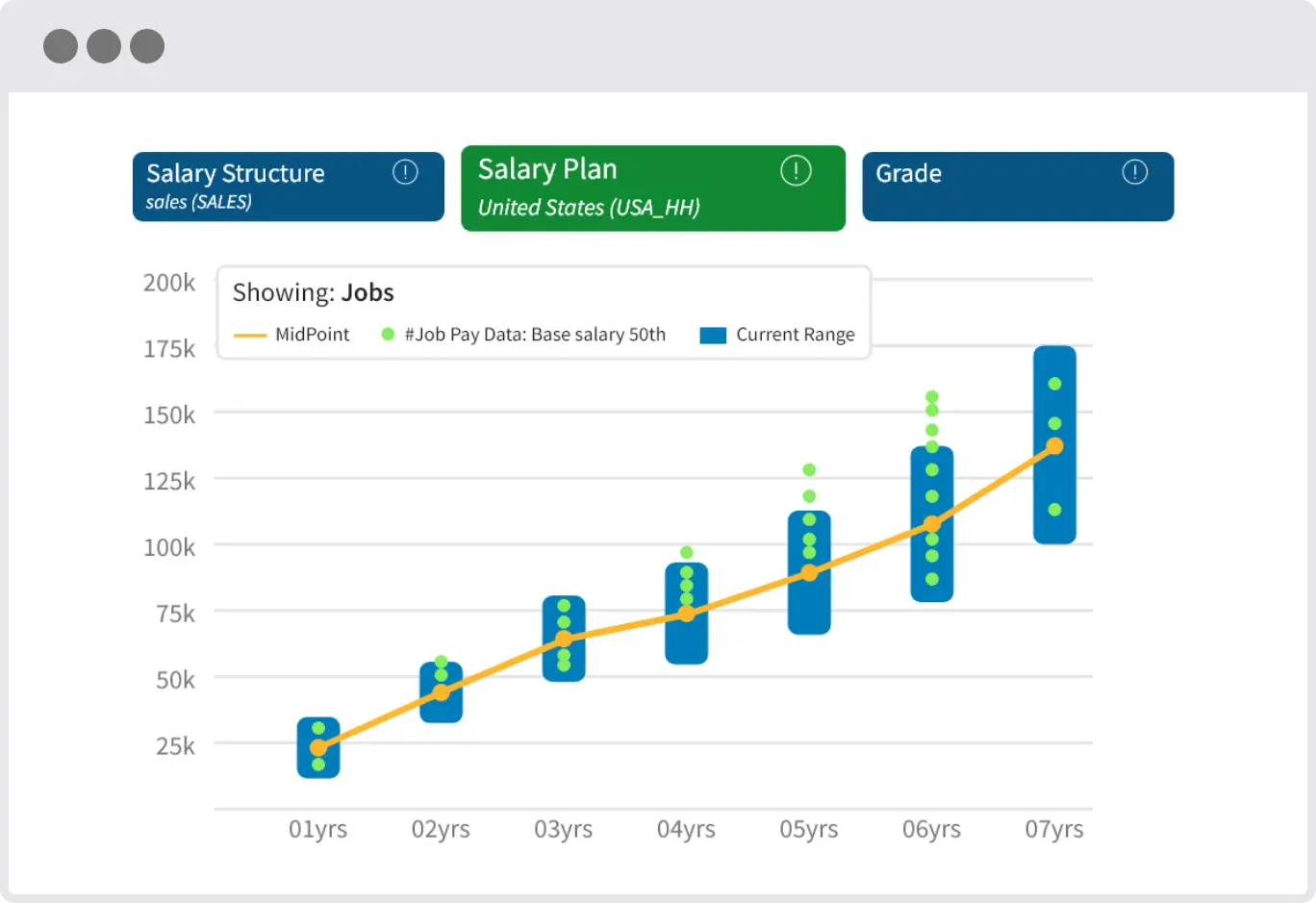Veterinary Assistant Radiology Salary in York, SC
How Much Does a Veterinary Assistant Radiology make?
Veterinary Assistant Radiology made a median salary around $39,611 in April, 2025.
The best-paid 25 percent made $47,075 probably that year, while the lowest-paid 25 percent made around $33,430.
Salary ranges can vary widely depending on many important factors, including education, certifications, additional skills, the number of years you have spent in your profession.
With more online, real-time compensation data than any other website, Salary.com helps you determine your exact pay target.
Check out
Veterinary Assistant Radiology
jobs in
York, South Carolina

Facing Salary Structure Challenges? Let Our Expert Guide You
The job market is increasingly challenging. Our whitepaper, Navigating the Challenges of Creating Salary Structures, offers guidance on creating salary structures. Provide your phone number and work email to download the full version.
We will handle your contact details in line with our Privacy Policy.
If you prefer not to receive marketing emails from Salary.com, you can opt-out out of marketing communications at any time by clicking unsubscribe.
Best-Paying Cities for Veterinary Assistant Radiology
The metropolitan areas that pay the highest salary in the Veterinary Assistant Radiology profession are Clover
, Bowling Green
, Edgemoor
, Fort Mill
, Rock Hill
.
| Clover, SC | $39,743 |
| Bowling Green, SC | $39,723 |
| Edgemoor, SC | $39,669 |
| Fort Mill, SC | $39,669 |
| Rock Hill, SC | $39,669 |
Best-Paying States for Veterinary Assistant Radiology
The states and districts that pay Veterinary Assistant Radiology the highest salary are District of Columbia (around $45,576)
, California (around $45,403)
, Massachusetts (around $44,798)
, Washington (around $44,633)
, and New Jersey (around $44,617)
.
| District of Columbia | $45,576 |
| California | $45,403 |
| Massachusetts | $44,798 |
| Washington | $44,633 |
| New Jersey | $44,617 |
Frequently Asked Questions for Veterinary Assistant Radiology
Q:
What is the salary range of Veterinary Assistant Radiology in York, SC?
A:
In 2025
, the lowest-paid Veterinary Assistant Radiology in York, SC earned an average annual salary of $33,430
, while the highest-paid made $47,075.
Q:
What is the salary for a Veterinary Assistant Radiology in California?
A:
Veterinary Assistant Radiology employed in California earned an average salary of $45,403 in 2025.
Average Veterinary Assistant Radiology Pay vs. Other Jobs
Veterinary Assistant Radiology earned an average salary of $39,611 in 2025.
Other jobs related to Veterinary Assistant Radiology earned the following average salary in April, 2025.
Veterinary Assistant
made $32,871
,
Radiology Assistant
made $36,195
,
Veterinary Clinic Assistant
and
Radiology Dental Assistant
made $32,901
and $38,702 respectively
.
Relevant Jobs of Veterinary Assistant Radiology
Veterinary Assistant prepares treatment room for examination of animals; restrains animals during examination, treatment, or inoculation. Administers injections, performs venipunctures, applies wound dressings, cleans teeth, and takes vital signs of animal. Being a Veterinary Assistant requires a high school diploma or its equivalent. May be required to be certified/licensed. Additionally, Veterinary Assistant is familiar with standard concepts, practices, and procedures within a particular field. Relies on limited experience and judgment to plan and accomplish goals. Performs a variety of tasks. Works under general supervision of a veterinarian. A certain degree of creativity and latitude is required.
There is currently no job description for Radiology Assistant, be the first to
submit
the job responsibilities for Radiology Assistant.
The Veterinary Clinic Assistant monitors animals after surgical procedures and records status. Prepares treatment room for examination of animals; restrains animals during examination, treatment, or inoculation. Being a Veterinary Clinic Assistant cleans, disinfects and maintains cages, kennels, and exam areas. Feeds, bathes, and exercises animals. In addition, Veterinary Clinic Assistant assists with collecting blood and other samples. May also perform clerical tasks and data entry in veterinary office. May have to complete an apprenticeship and/or formal training in area of specialty. Requires a high school diploma. Typically reports to a supervisor or manager.
There is currently no job description for Radiology Dental Assistant, be the first to
submit
the job responsibilities for Radiology Dental Assistant.
A Physician Assistant (PA) is a professional who practices medicine in collaboration or under indirect supervision of a physician, depending on state laws. Physicians do not need to be on-site with PAs and collaboration or supervision often occurs via electronic means when consults are necessary. Their scope of practice varies by jurisdiction and healthcare setting.
In the United States, PAs are nationally certified and state licensed to practice medicine. A certified PA may add "C" at the end of his/her postnominal credentials. PAs are trained with the medical model and complete these qualifications in less time than a traditional medical degree. The educational model for PAs is based on the fast-tracked training of physicians during World War II. In Canada, Canadian Certified Physician Assistant (CCPA) is the credential awarded upon licensure.
The occupational title originated in the United States in the 1960s; similar occupations elsewhere include clinical officers in parts of Africa and feldshers in states of the former Soviet Union.


